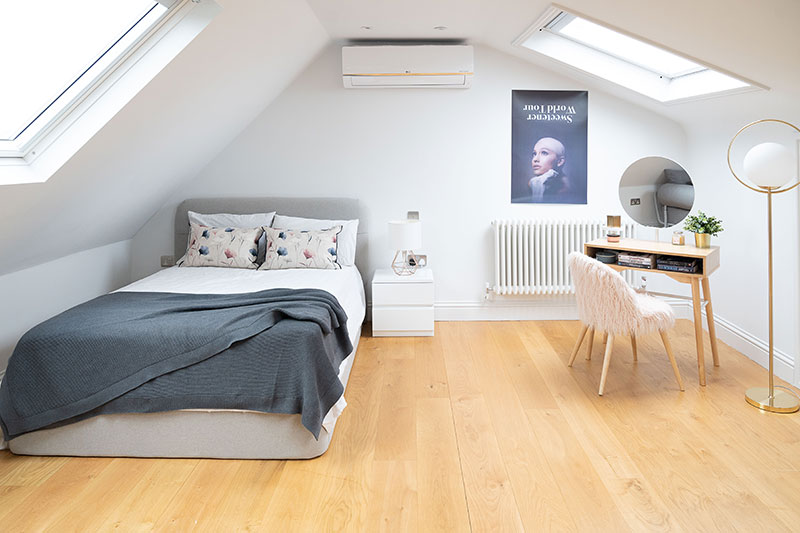Advertisement
The Covid-19 pandemic made remote working a sad necessity, but for many, this uncovered a world of benefits, for employer and employee alike. Now that the pandemic is mostly over, many employers are considering turning their operation into a permanently remote working arrangement, and employees aren’t really opposed to that.
Working from home just has so many benefits it’s hard to resist, but a question faced by many is, where do I find the space? Many homes are cramped as they are, without having to rearrange themselves to fit a home office. This leaves many thinking they’ll never be able to work from home, but that’s just because they haven’t considered one of the easiest alternatives out there – convert your attic into a home office.
But how?
1. Get a home inspection.
First things first, before you start measuring for a new desk, you’ll want to hire a professional for an attic inspection. Why? A qualified professional will be able to assess the basic structure, electricity, insulation, etc., and determine whether your attic is inhabitable, or still needs some work. Setting up a home office in an unchecked attic can prove dangerous, and even endanger the structure of your home.
An attic inspection will reveal potential problems you were previously unaware of (because no one spends that much time in the attic, to catch on to problems), and help you fix them. Not only that, an attic inspection gives you a realistic idea of the modifications you can safely bring to the attic, to get it as close as possible to your dream office.
Lastly, an attic inspection makes sure you’re not breaking any of the local attic requirements. These are some general structural provisions, designed to ensure the safety of your home. Building against these can result in a fine, or worse.
2. You might have to step up your ladder game.
While a pull-down ladder may work fine if you’re using your attic as storage space, it won’t do if you’re planning on using the attic as any type of living space. This, once again, has to do with government safety regulations, which clearly state that, if it connects to a living space, the staircase needs:
- To provide a 6-feet-8-inches of headroom across the entire walking distance;
- Have 36 inches (at least) in width;
- Have 10-inch deep treads;
- Have (at least) 7.25-inch high risers.
If you’re hiring a professional to handle your attic revamp, it’s more than likely they will be up to date with all the necessary prerequisites, but if you’re thinking of doing it yourself, you’ll need to keep these provisions in mind.
3. Check for wildlife.
As you begin planning your attic conversion, look for signs of animals in the attic. Because the attic is often the most remote area of the house, it’s a common destination for nuisance wildlife. Also, since the roof and attic walls often deteriorate without the homeowners being aware, they can easily provide an entryway for various undesirable wild animals into your home. Before converting your attic into an office, or any other kind of living space, you need to make sure you fix these entry points, to avoid unpleasant surprises in the future.
Not only that, but if you discover a wild animal on the premises, we suggest contacting a wildlife removal professional, rather than attempting to remove the animal yourself. You’ll also need to have the attic professionally disinfected and sanitized, since the presence of wild animals can expose you to various serious health issues.
4. Pay attention to your flooring.
Since an attic isn’t normally designed as a living space, many attics don’t actually feature “proper” floors. You may find exposed insulation, or exposed rafters, which aren’t designed to sustain moving objects (e.g. animals or humans), just storage. As such, you will need to add a new flooring up there, to make the space safe for your inhabitation. On the other hand, adding an extra floor layer may cut into necessary ceiling height, and create further structural problems. This is why, in converting your attic into any kind of living space, it’s best to hire a qualified construction professional.
5. Think of the insulation.
Last but not least, you may want to add an extra layer of insulation before you set up camp in the attic. Since the attic was most likely designed as a storage room, construction wasn’t really focused on creating a pleasant, warm temperature up there. While attics may be nice and cozy for your high school memorabilia, they might not be warm enough for a human to live up there. So you may have to add an extra insulation layer to the walls before you can set up your attic office.
When converting your attic, always keep the above tips in mind, to avoid future problems.

